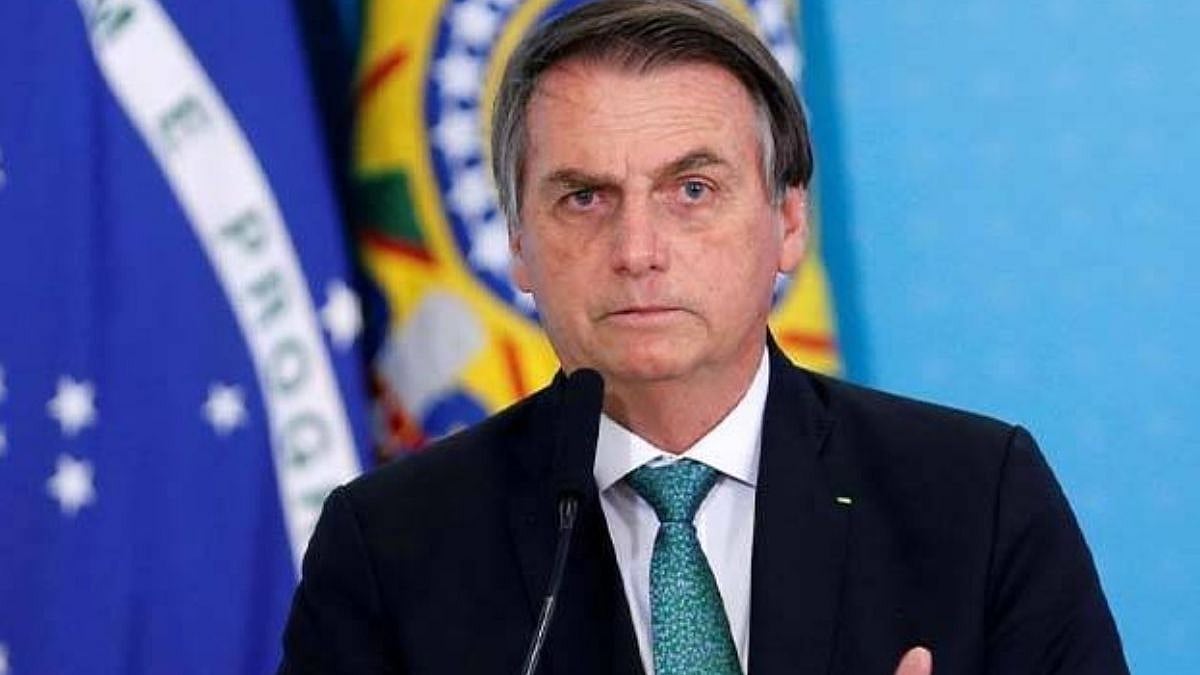The Indian Rupee’s journey to its latest lifetime low of Rs 86.50 against the US dollar has been met with predictable handwringing, memes, and armchair commentary. Social media pundits quip about the Reserve Bank of India (RBI) being on holiday, but the reality is more nuanced. The RBI’s careful interventions have, in fact, kept the rupee’s descent orderly, avoiding panic and chaos.
Yet, as the dollar flexes its muscles and global volatility tightens its grip, it may be time for the central bank to ease its reins and allow the rupee to depreciate further.
This is not a critique of the RBI’s efforts. The central bank has been walking a tightrope, balancing inflation, forex stability, and the need to protect India’s growth engine. Selling dollars to limit the rupee’s slide, tweaking the CRR, and raising ceilings on FCNR deposits are tactical moves in a broader strategy. But the question now is whether clinging too tightly to the rupee’s strength might do more harm than good.
A Dollar on Steroids
The dollar’s meteoric rise stems from a confluence of factors: the US economy’s surprising resilience, reduced expectations of Federal Reserve rate cuts, and Trump 2.0’s corporate tax cuts and global trade face-offs through tariff escalations. Add to this the attractiveness of high US Treasury yields, which move capital away from emerging markets, and you have a perfect storm.
While Asian peers like the Thai baht and the Philippine peso have shown relative resilience, India’s unique mix of high crude oil dependence and foreign portfolio outflows places it in a more vulnerable position. The RBI’s interventions have softened the rupee’s fall, but at what cost? Foreign currency reserves have been depleted by $47 billion since October 2024, leading to a liquidity crunch in the domestic market. Every dollar sold by the RBI sucks an equivalent amount of rupees out of circulation, tightening credit conditions. This position, while commendable for its short-term stabilising effect, is increasingly unsustainable.
Overvaluation and Trade Deficits
By holding the rupee relatively firm, the RBI has inadvertently pushed its real effective exchange rate (REER) into overvalued territory. As of November, the rupee was 8% overvalued, hurting export competitiveness and worsening the trade deficit. A weaker rupee, while painful in the short term due to rising import costs, could provide much-needed relief to exporters and help rebalance the economy. Critics might argue that a weak rupee will fuel inflation, but India has weathered higher inflation rates before without losing its growth momentum. The bigger danger lies in clinging to an artificially strong rupee that stifles exports, discourages foreign investment, and exacerbates the trade imbalance.
Easing the Grip
It’s time to let the rupee find its natural level. A controlled depreciation will not only improve export competitiveness but also reduce speculative pressure on the currency. Yes, there will be short-term pain—higher import bills, costlier crude, and grumbling corporates—but these are inevitable adjustments in a world where the dollar’s dominance is unlikely to fade anytime soon. This does not mean the RBI should step back entirely. Its deft hand is crucial in ensuring that the depreciation is gradual, avoiding panic in the markets. But the days of defending arbitrary levels like Rs 86 or Rs 86.50 should be left behind. Letting the rupee slide further will also allow the RBI to conserve its forex reserves, which might be needed for bigger battles down the road.
Armchair Critics and Political Pressure
Of course, it’s easy for armchair critics to pontificate on what the RBI should or shouldn’t do. Social media memes and TV debates often ignore the complex trade-offs the central bank must navigate. Even political leaders—two senior union ministers recently called for rate cuts—often fail to appreciate that monetary policy does not operate in a vacuum. Global volatilities, crude prices, and capital flows all weigh heavily on the RBI’s decisions. A repo rate cut, though politically tempting, is unlikely before mid-2025. The RBI has wisely opted for a CRR cut instead, prioritising liquidity over rate tinkering. This pragmatic approach should be lauded, not second-guessed.
The Bigger Picture
In the grander scheme of things, the rupee’s depreciation is a symptom, not the disease. India’s dependence on imported oil, the volatility of global capital flows, and geopolitical tensions are structural issues that no central bank can fix overnight. The RBI’s role is to manage these challenges with prudence and foresight, which it has done admirably so far. Indian corporate earnings must step up significantly to drive meaningful economic growth, as they are the backbone of investment, employment, and consumer confidence.
Without clear signs of growth in this earnings season, the economic path ahead could become far more challenging, with weaker capital market sentiment compounding the pressure. While much of the spotlight remains on the RBI’s policies, it is imperative that corporates shoulder their share of the heavy lifting of the broader economy.
For now, letting the rupee depreciate further is the lesser evil. It will provide a shot in the arm for exporters, rebalance the trade deficit, and ease the strain on the RBI’s forex reserves. The rupee’s slide may not look pretty on the charts, but in the long run, it might just be the medicine the economy needs. And for those still hoping for a BRICS currency to dethrone the dollar? Well, as the past few months have shown, it’s not wise to bet against the greenback—at least not yet.
(Dr. Srinath Sridharan is a Corporate Adviser & Independent Director on Corporate Boards.)










